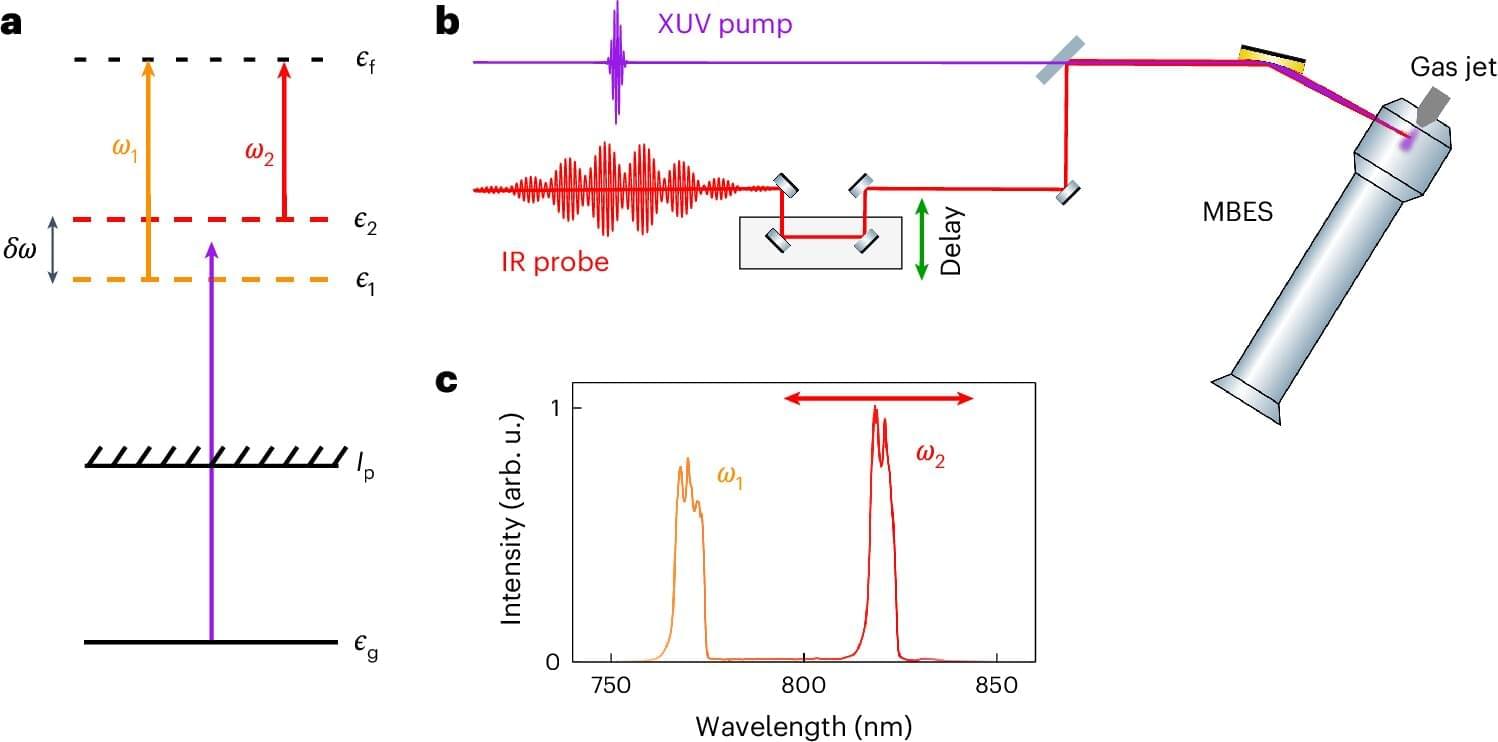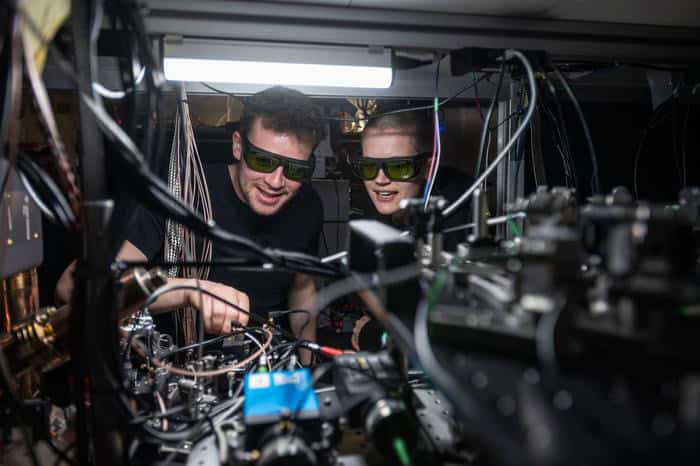Influenza trends have reached record highs in recent weeks.



For the first time, researchers have been able to measure the quantum state of electrons ejected from atoms that have absorbed high-energy light pulses. This is thanks to a new measurement technique developed by researchers at Lund University in Sweden. The results can provide a better understanding of the interaction between light and matter.
When high-energy light with a very short frequency in the extreme ultraviolet or X-ray range interacts with atoms or molecules, it can cause an electron to be “detached” from the atom and ejected in a process called the photoelectric effect. By measuring the emitted electron and its kinetic energy, a lot of information can be obtained about the atom being irradiated. This is the basic principle of photoelectron spectroscopy.
The electron that is emitted, known as the photoelectron, is often treated as a classical particle. In reality, the photoelectron is a quantum object that must be described quantum mechanically, as it is so small that at that scale the world is described in terms of quantum mechanics. This means that special rules applied in quantum mechanics have to be used to describe the photoelectron, because it is not just an ordinary small particle but also behaves like a wave.

A study in mice by Northwestern Medicine researchers has now identified a critical difference in how immune system macrophages help repair the heart in newborns versus adults after a heart attack. They found that in newborns, macrophages perform a process called efferocytosis, which recognizes and eats dying cells. This process triggers the production of a bioactive lipid called thromboxane, signaling nearby heart muscle cells to divide, and allowing the heart to regenerate damaged heart muscle. In contrast, efferocytosis by adult macrophages ultimately culminates in fibrotic scarring.
The study highlights a fundamental difference in how the immune system drives healing based on age and could point to strategies for improving tissue repair after heart attack in adults.
“Understanding why newborns can regenerate their hearts while adults cannot will open the door to developing treatments that could ‘reprogram’ adult macrophages,” said first and co-corresponding author Connor Lantz, PhD, lead scientist of the bioinformatics core at the Comprehensive Transplant Center at Northwestern University Feinberg School of Medicine.



Rigid, lizard-like tails are simple, but mammal-style tails may be lighter and better for space. Researchers studied how tails aid midair maneuverability in animals and robots, focusing on inertial appendages that generate body rotation.
Inspired by lizards and geckos, roboticists have designed rigid, single-plane tails to enhance stability and control in aerial and terrestrial robots. Some robotic tails aid in landing, flight reorientation, and high-speed turns. However, vertebrate (like cats and squirrels) tails are more complex, consisting of multiple vertebrae that allow for diverse movements.
By analyzing mammalian tails, researchers found that increasing bone segments within the same length enhances rotational ability. To evaluate tail effectiveness, they developed simulations optimizing tail trajectories for precise body rotations. Unlike previous models that assumed rigid structures, their approach considers deformability and realistic control constraints.

Researchers have been working for decades to understand the architecture of the subatomic world. One of the knottier questions has been where the proton gets its intrinsic angular momentum, otherwise referred to as its spin.
Nuclear physicists surmise that the proton’s spin most likely comes from its constituents: quarks bound together by gluons carrying the strong force. But the details of the quark and gluon contributions have remained elusive.
Now, a new investigation from an international collaboration of physicists compiles evidence from observational results and analysis using lattice quantum chromodynamics (QCD) to present a compelling argument regarding how much of the proton’s spin comes from its gluons.

